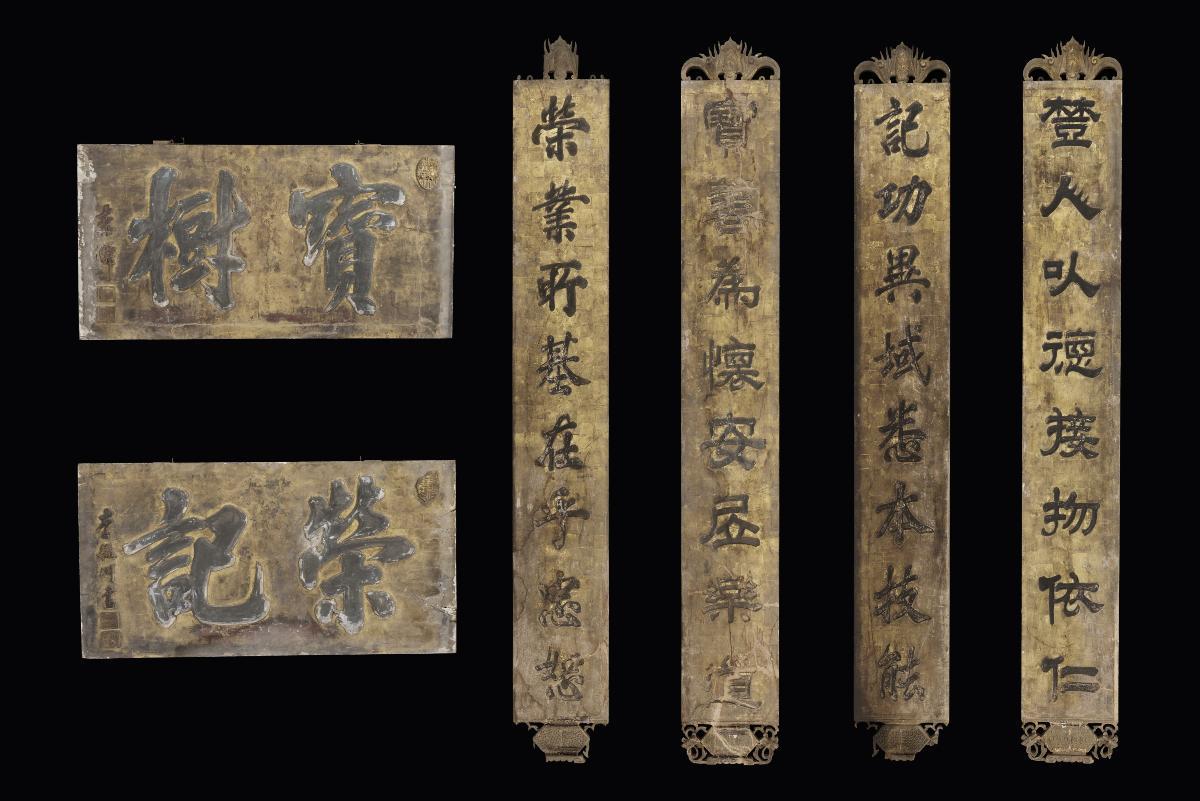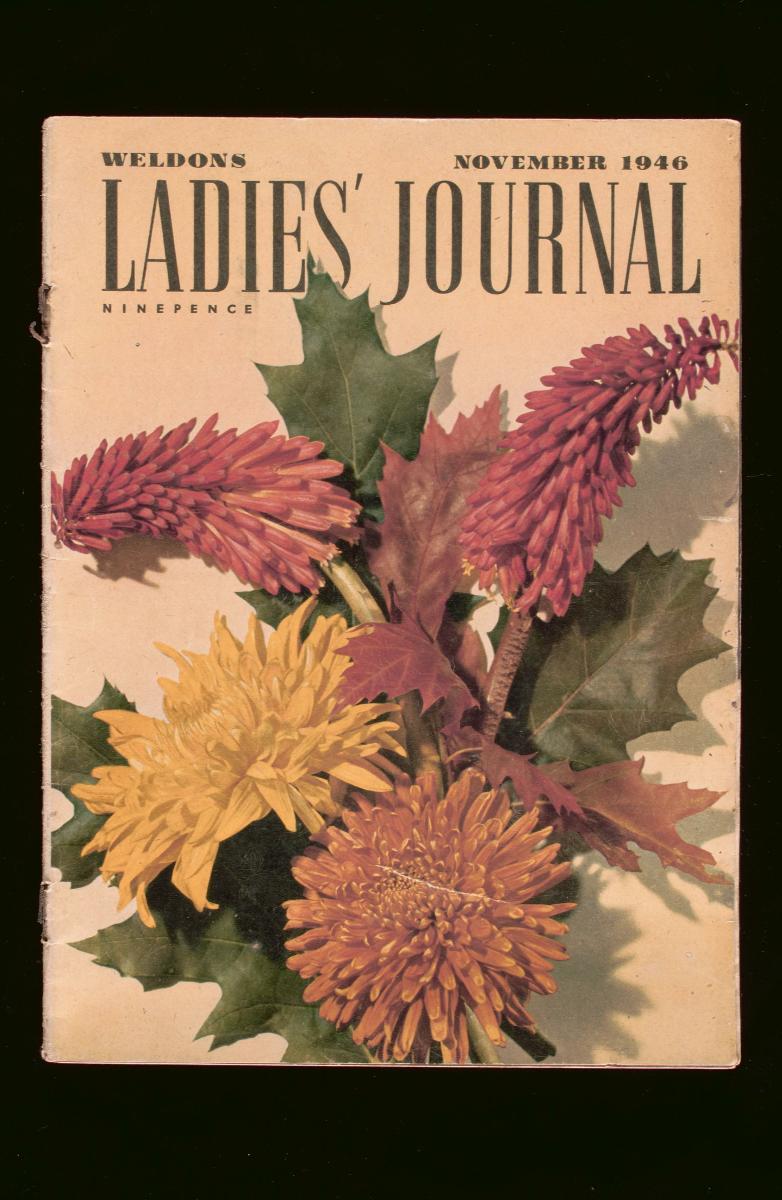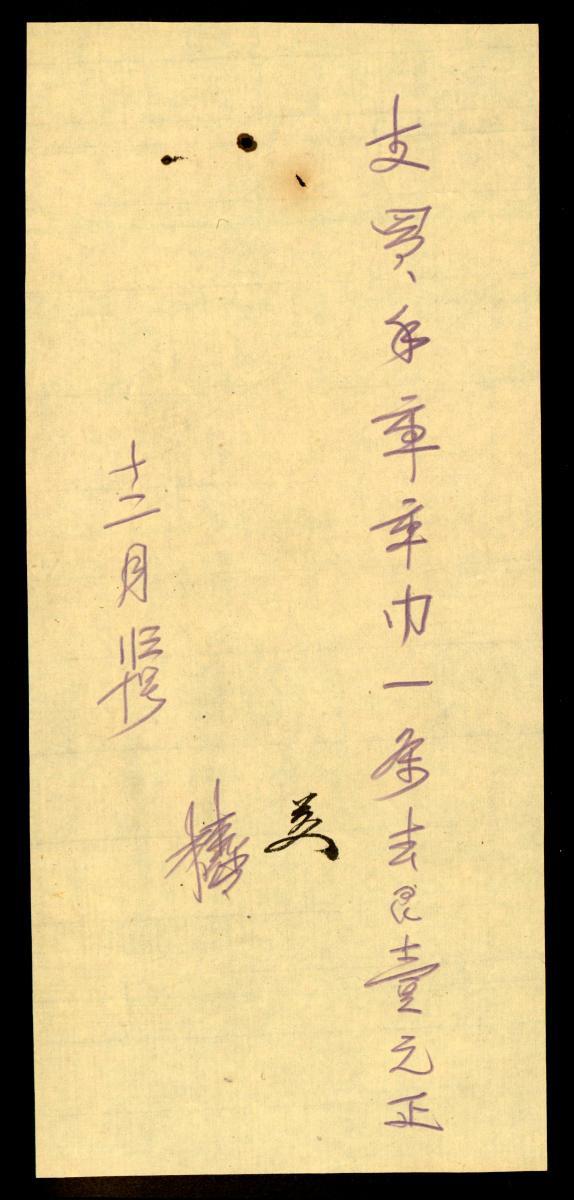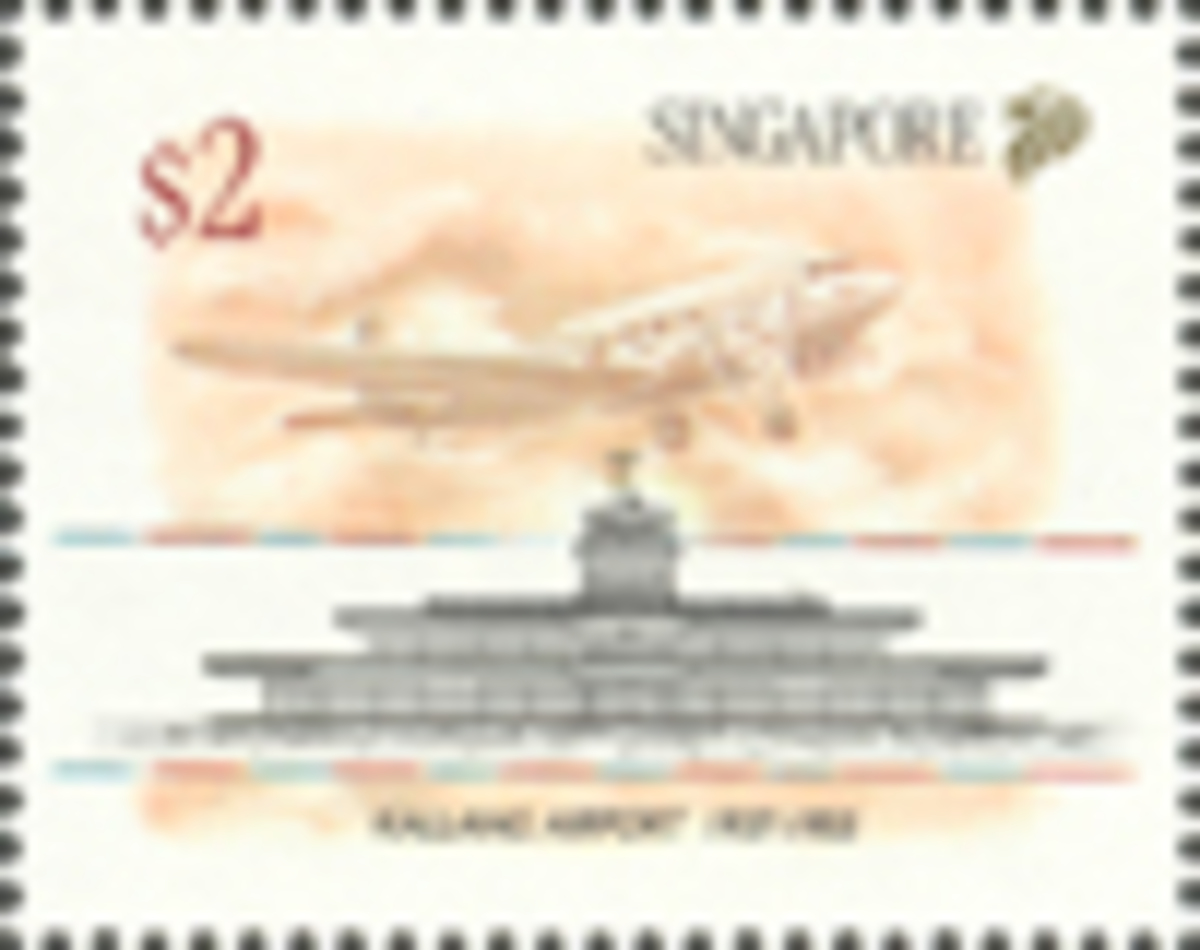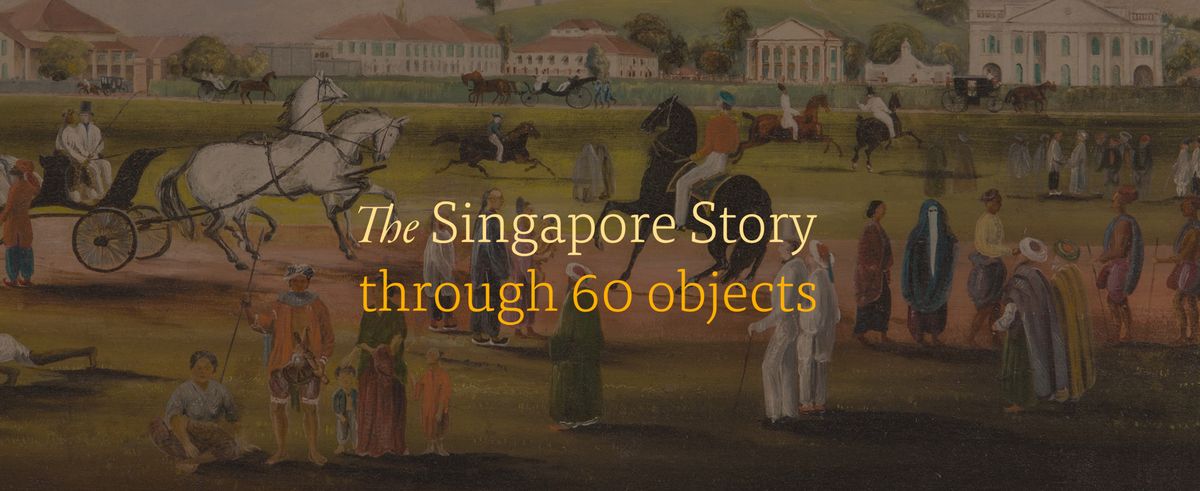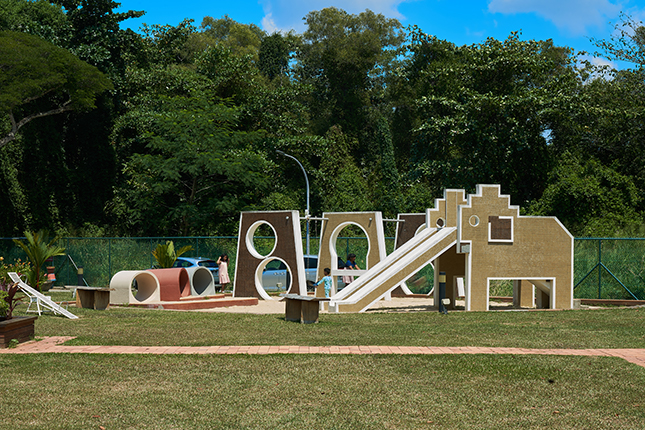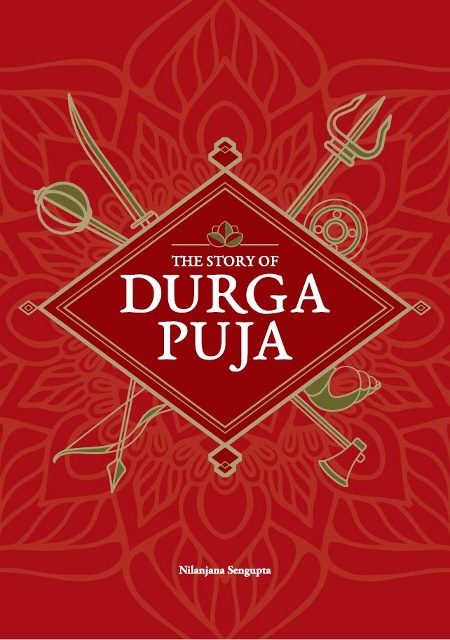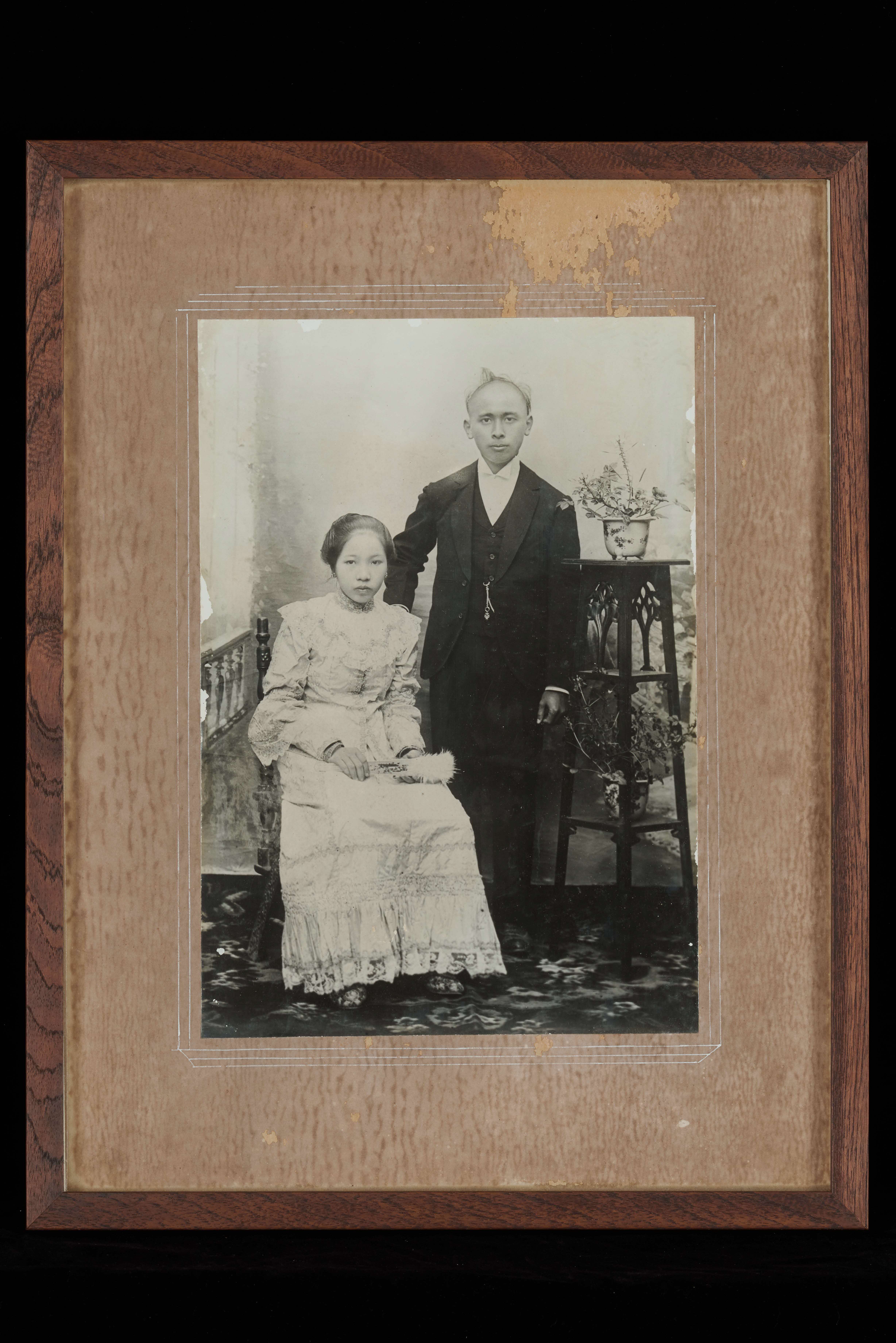There are two horrizontal plaques, each matching with a pair of couplets. The first horrizontal wooden plaque bears two large characters ‘荣记’ (Rong Ji). It was hung together with a pair of couplets. Both the plaque and couplets are written in running script. Together, the couplet reads 荣业所基在乎忠恕 (rong ye suo ji zai hu zhong shu, The foundation of a glorious career is loyalty and forgivenenss) and 记功异域悉本技能 (ji gong yi yu xi ben ji neng, You must have a skill if you would like to gain a foothold overseas and your achievements to be remembered). Couplets are read from top to bottom where the first line starts from the right. The first character of the two lines form ‘Rong Ji’. The second horizontal wooden plaque bears two large characters ‘宝树’ (Bao Shu). It was hung together with another pair of couplets. The plaque is written in running script while the couplets are written in clerical scipt. Together, the couplet reads宝善为怀安居乐道 (bao shan wei huai an ju le dao, One can live and work in peace and contentment when they have kindness and benevolence) and树人以德接物依仁 (shu ren yi de jie wu yi ren, Educating and treating others through magnanimity). Couplets are read from top to bottom where the first line starts from the right. The first character of the two lines form ‘Bao Shu’. The wordings on the plaques and couplets reflect the aspirations and traditional values of a general Peranakan family, in the hope that there will be a continuation of the above mentioned values in the future generations. They are valued primarily for their symbolic values. According to the insciptions and seals on the plaques, both plaques were possibly written by 李毓川, also known as 赤仙. He was one of the early calligraphers in Singapore who was skilled in inscribing plaques. For ‘荣记’ (Rong Ji), the four Chinese letters are 李毓川书. For ‘宝树’ (Bao Shu), the two Chinese characters are 赤僊(僊同”仙”). The two seals at the bottom right are 赤仙 and 李毓川印 respectively. Judging from the content of these plaques and couplets, it is likely that ‘Rong Ji’ is a shopmark and hence the ‘Rong Ji’ plaque and couplets were possibly hung in the shop. For the ‘Baoshu’ plaque and couplets, judging from the content, they more possibly hung on walls to adorn doorways and reception halls in Peranakan homes. Family name plaques, also known as jiho, are hung above the entrance door. These plaques belonged to Wee Bee Neo, a prominent Sang Khek Umm or mistress of wedding ceremonies. As a wedding specialist, she was in charge of the bride’s hair and jewellery, and guiding the young lady through the proper rituals.




